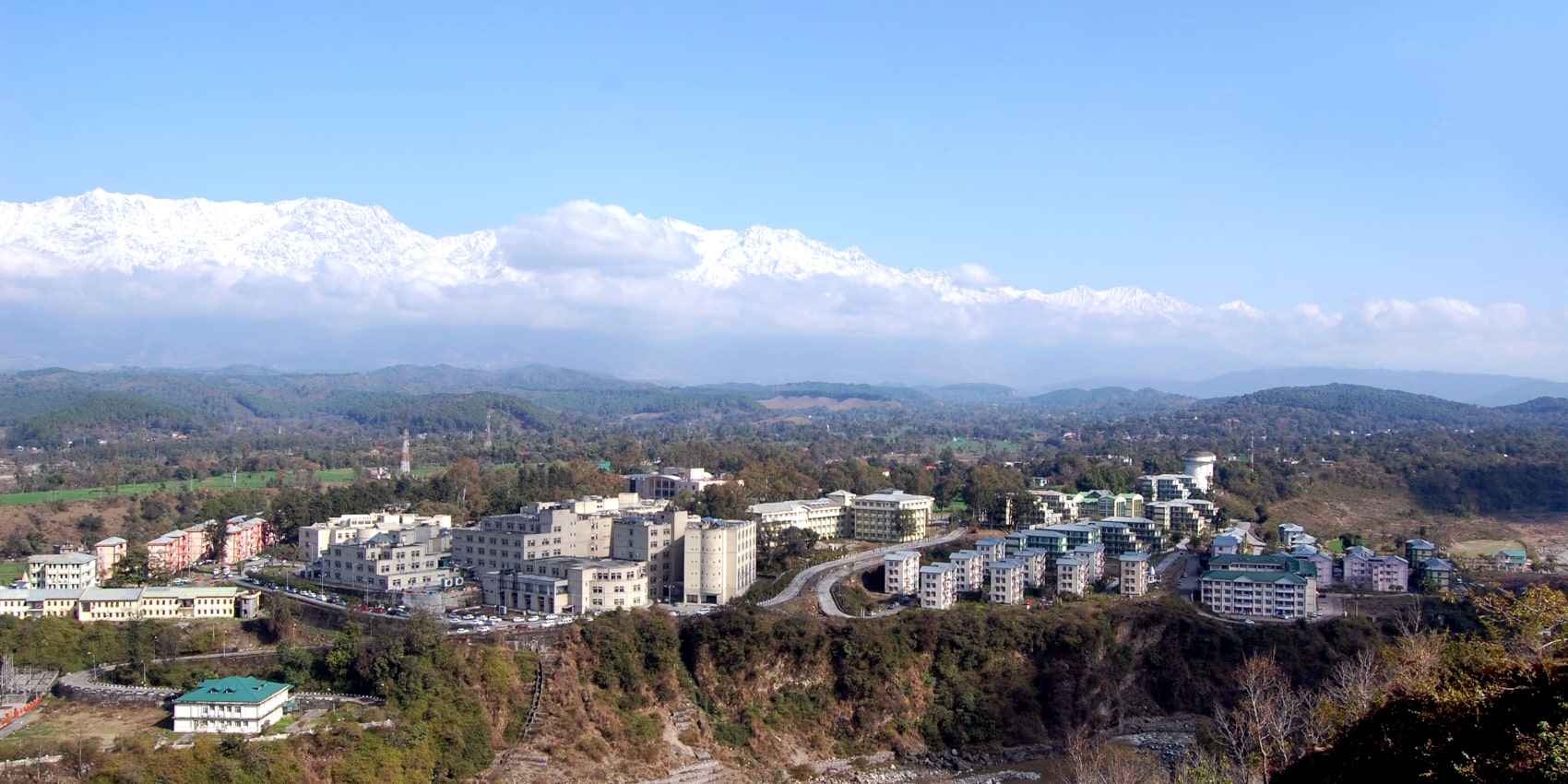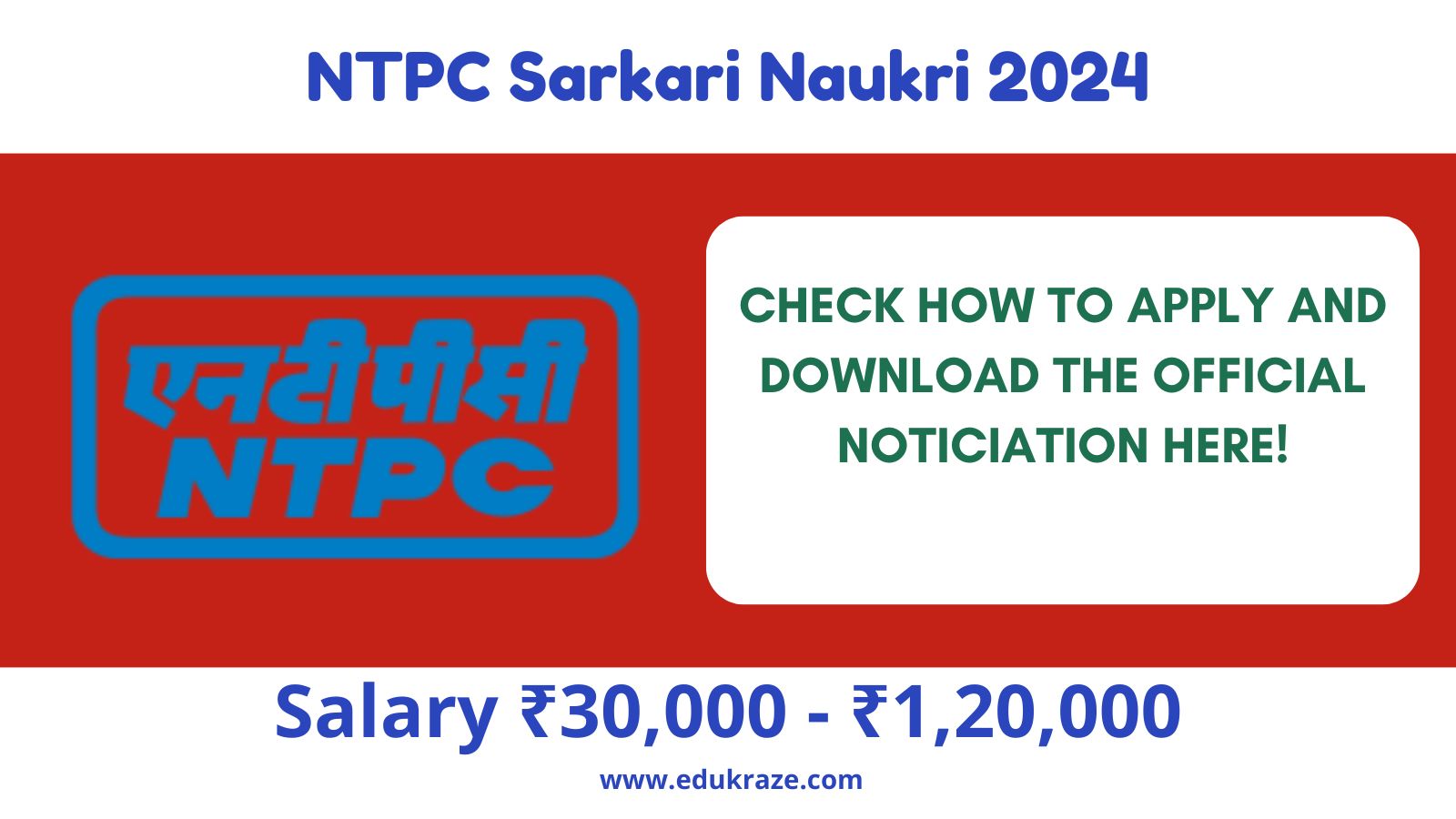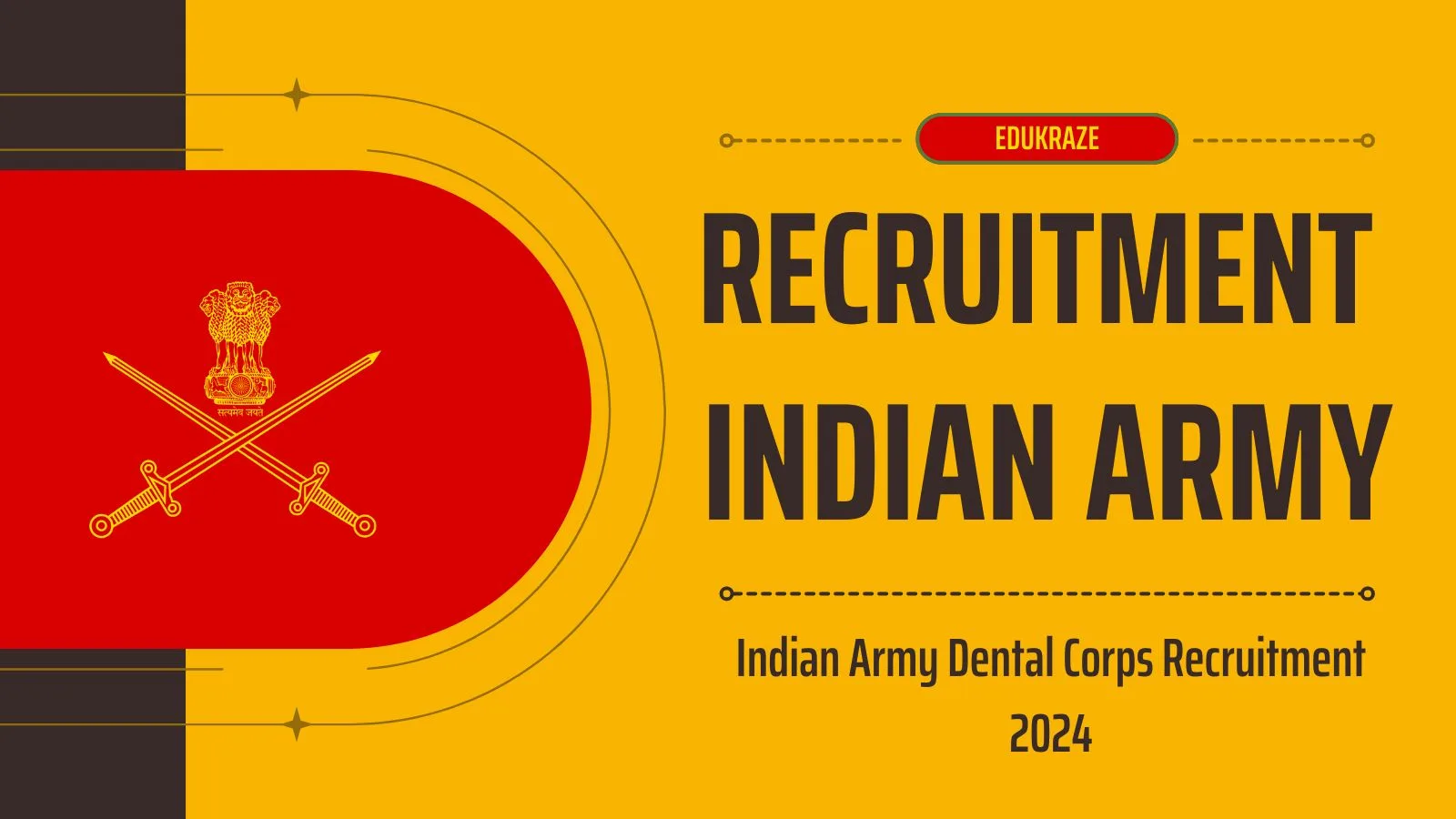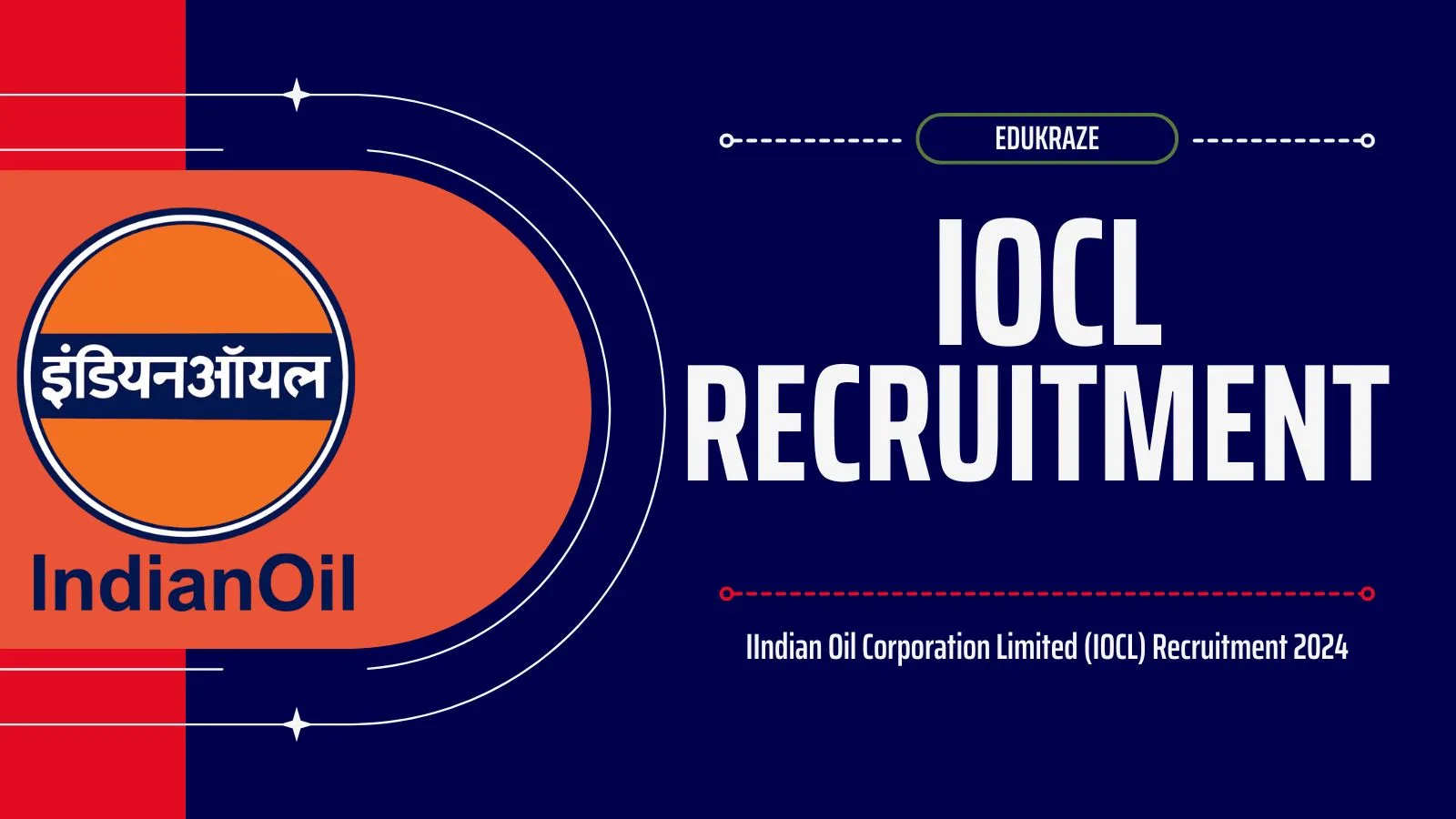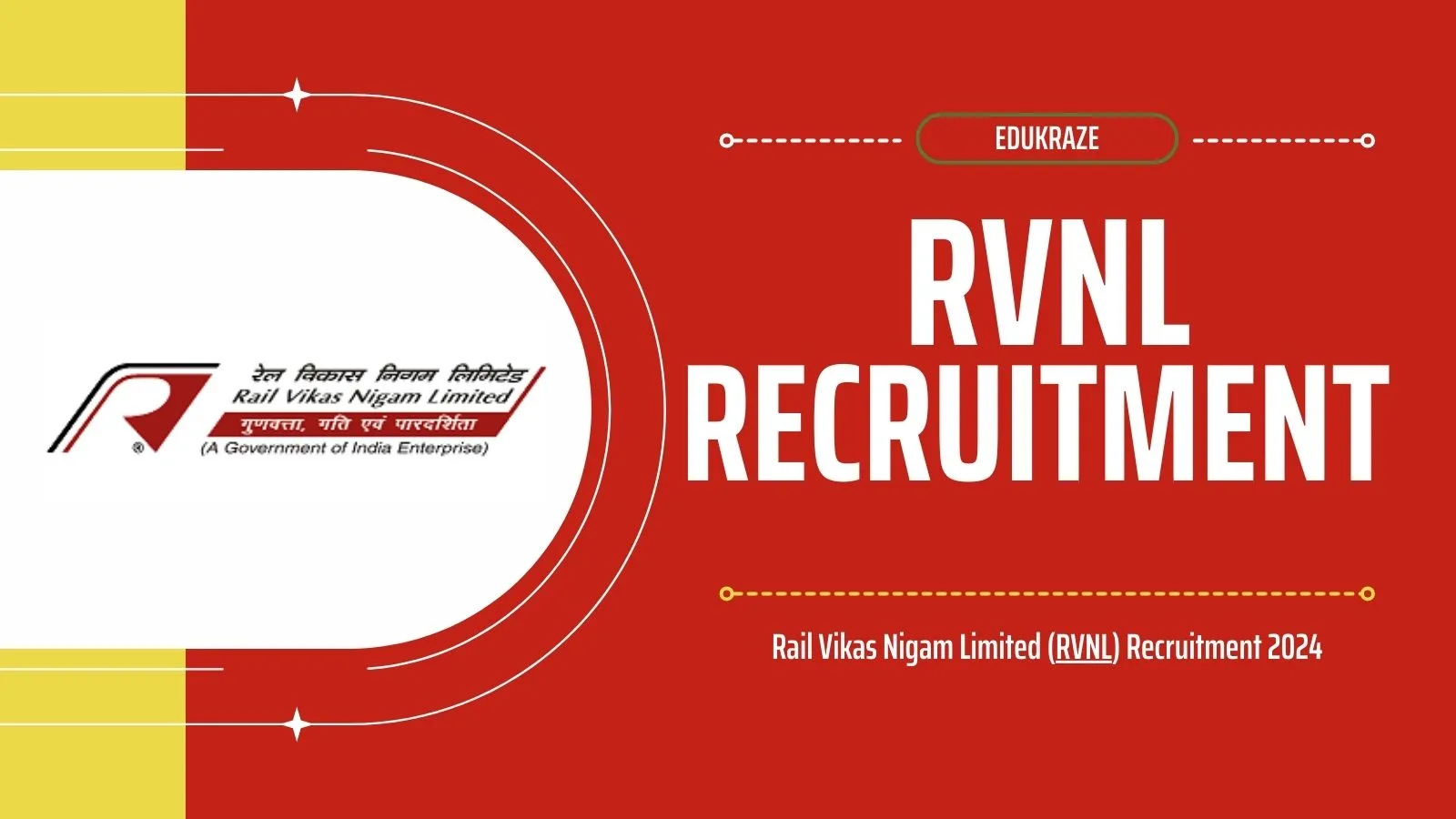India has achieved remarkable progress in the steel industry, transitioning from a net importer to a net exporter and witnessing significant growth in production and consumption. This article explores the achievements, investments, sustainability efforts, policies, and future prospects of India’s thriving steel sector.
India has achieved significant growth in the steel industry, emerging as the world’s second-largest producer of crude steel, surpassing Japan in 2018. Union Minister of Steel and Civil Aviation, Shri Jyotiraditya M. Scindia, highlighted the achievements of India’s steel sector, emphasizing its crucial role in the country’s progress and development.
Table of Contents
Becoming a Net Exporter: India’s Thriving Steel Industry
One notable achievement is India’s transition from a net steel importer to a net exporter. In the fiscal year 2022-23, India exported 6.72 million metric tons (MT) of finished steel while importing 6.02 MT, marking a significant milestone for the industry. This shift demonstrates the growth and competitiveness of India’s steel sector.
Impressive Figures: Stepping Up Steel Production
Over the past nine years, the steel sector has experienced remarkable progress. Key parameters indicate substantial growth and expansion. Crude steel capacity has increased by 46%, rising from 109.85 MT in FY 2014-15 to 160.3 MT in FY 2022-23. Crude steel production has surged by 42%, reaching 126.26 MT in the same period. Total finished steel production has soared by 49%, from 81.86 MT to 122.28 MT, showcasing the industry’s prowess. Steel consumption has also risen significantly by 57%, reflecting India’s growing demand. Per capita steel consumption has shown promising growth of 43%, rising from 60.8 kilograms to 86.7 kilograms.
Investment and Dividend Contributions: Steel CPSEs’ Significant Role
The steel sector’s commitment to growth is evident through investments and dividend contributions. Steel Central Public Sector Enterprises (CPSEs) such as SAIL, NMDC, MOIL, KIOCL, MSTC, and MECON have invested ₹90,273.88 crores in capital expenditure (CAPEX) from 2014-15 to 2022-23. Additionally, these CPSEs have paid dividends totaling ₹21,204.18 crores to the Government of India, playing a crucial role in driving the steel industry’s progress.
Driving Sustainable Practices: Steel Scrap Recycling and Green Steel Production
Recognizing the importance of sustainability, the minister highlighted the Steel Scrap Recycling Policy, promoting the scientific processing and recycling of ferrous scrap. The government has established six vehicle scrapping centers, with plans for three more in the near future, to utilize end-of-life vehicles as raw material for steel production. Collaboration with state governments and the private sector further reinforces the government’s commitment to sustainable steel manufacturing.
The National Steel Policy 2017 (NSP 2017) aims to develop a technologically advanced and globally competitive steel industry to foster economic growth. The policy sets ambitious targets for the steel sector to achieve a total crude steel capacity of 300 million metric tons per annum (MTPA) and total crude steel demand/production of 255 MTPA by 2030-31. SAIL’s operational capacity of crude steel production is projected to increase from 19.51 MTPA to approximately 35.65 MTPA by 2030-31.
Promoting Domestic Manufacturing: DMI & SP Policy and PLI Scheme
To boost domestic manufacturing, the government has implemented the Policy for providing preference to Domestically Manufactured Iron and Steel Products (DMI & SP Policy) in government procurement. This policy has led to import substitution worth approximately ₹34,800 crores. Another crucial initiative is the Productivity Linked Incentive Scheme (PLI), driving the domestic production of specialty steel. The scheme has witnessed the signing of 57 Memoranda of Understanding (MoUs) involving 27 companies, with committed investments of around ₹30,000 crores, downstream capacity of 24.7 million tonnes, and employment opportunities for 55,000 individuals.
Also Read the Today’s Current affairs – 8th June 2023
Building a Recognizable Brand: ‘Made in India’ Labeling
Establishing a strong brand presence for Indian quality steel is a priority for the government. The Ministry of Steel has initiated the branding of steel produced in the country as “Made in India.” Major steel producers have joined forces to establish this recognition. The Ministry of Steel actively collaborates with other relevant ministries and departments to address critical infrastructure gaps identified through the PM Gati Shakti National Master Plan Portal.
Paving the Way for Green Steel: Task Forces and Collaboration
The Ministry of Steel has taken significant steps to promote decarbonization in the steel sector by establishing 13 task forces. These task forces focus on various aspects of green steel production, engaging stakeholders from the industry and relevant ministries and departments. This commitment ensures that sustainable practices and environmental considerations remain at the forefront of the steel industry’s agenda.
Do Follow us on Facebook and updates Checkout our Website
India’s position as the second-largest producer of crude steel is a result of the government’s relentless efforts and proactive measures. The achievements attained over the past nine years, combined with ambitious targets and policies, position India’s steel industry for continued growth, economic prosperity, and environmental responsibility.









